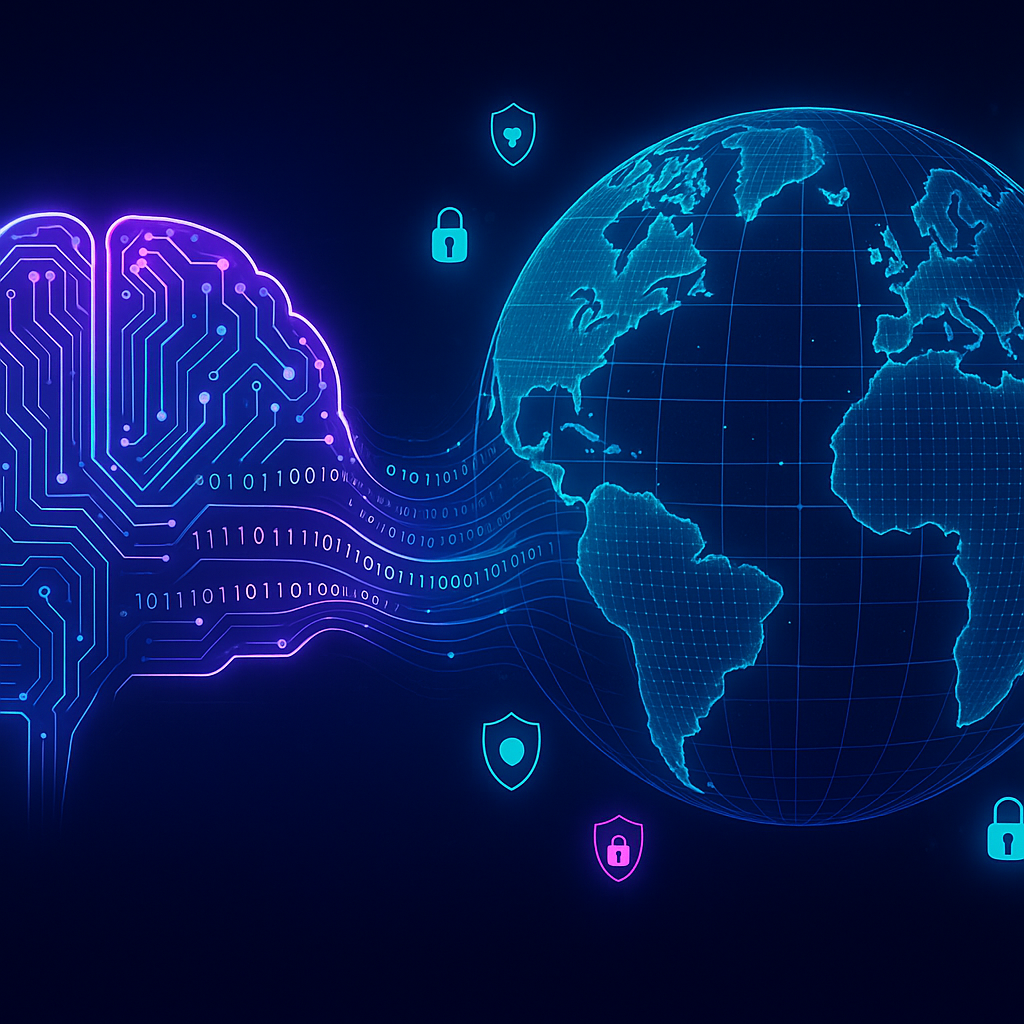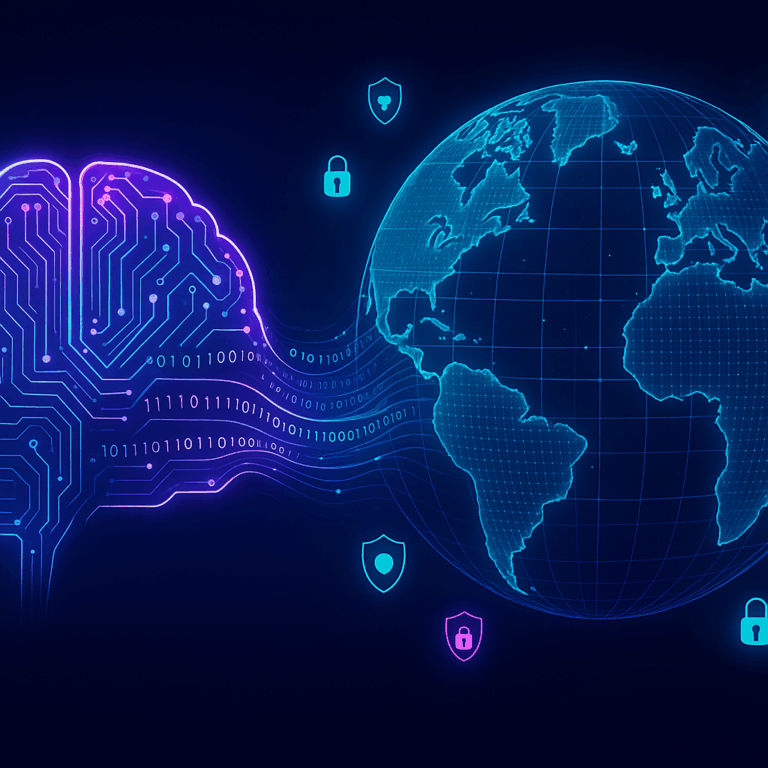AI’s Role in Revolutionizing Cybersecurity Risk Management Strategies
Introduction
In today’s digital age, cybersecurity isn’t just a buzzword; it’s a necessity. With the proliferation of sophisticated cyber threats targeting every sector, risk management strategies need to evolve. Enter Artificial Intelligence (AI)! By leveraging machine learning algorithms and AI-driven threat detection, organizations can shift from reactive to proactive security postures. But is this transformation as smooth as it seems? Let’s dive deep into how AI is revolutionizing cybersecurity risk management strategies, addressing the challenges, applications, and future implications.
AI-Driven Threat Detection
Traditional security measures often struggle to keep pace with the evolving threat landscape. **AI-driven threat detection** now brings a more agile and dynamic approach:
- Real-time Monitoring: AI systems can analyze vast amounts of data in real-time, identifying potential threats instantaneously.
- Pattern Recognition: Through machine learning, AI can recognize patterns associated with known threats, reducing the time to detect and respond.
- Self-Learning Capabilities: AI systems continuously learn from new data, improving their detection capabilities over time.
Case Study: The Financial Sector
Financial institutions have adopted AI-driven threat detection to combat fraud. For instance, AI algorithms analyze transaction patterns and flag anomalies. This proactive approach minimizes the risk of undetected fraud, safeguarding both the institution and its customers.
Machine Learning Algorithms for Anomaly Detection
Machine learning (ML) has emerged as a game-changer in anomaly detection. By leveraging ML, organizations can:
- Identify Unusual Activity: ML algorithms can detect deviations from normal user behavior, signaling potential breaches.
- Reduce False Positives: Traditional systems often generate numerous false positives. ML refines the process, ensuring alerts are genuine threats.
- Predict Emerging Threats: Predictive analytics powered by ML can foresee new attack vectors, enabling preemptive measures.
Real-World Application: Healthcare Sector
In healthcare, protecting sensitive patient information is paramount. ML algorithms monitor access patterns to Electronic Health Records (EHRs). Unusual access patterns raise red flags, preventing data breaches and ensuring compliance with health regulations.
Enhancing Network Security Protocols
Network security protocols are the backbone of an organization’s cybersecurity framework. AI technologies enhance these protocols by:
- Automated Threat Response: AI can automatically isolate infected devices, preventing the spread of malware.
- Optimizing Firewall Rules: AI systems analyze network traffic and optimize firewall rules to block malicious activity.
- Adaptive Security Measures: AI adapts security measures based on evolving threats, maintaining robust defenses.
Example: Corporate Environment
Corporations often face Distributed Denial of Service (DDoS) attacks. AI fortifies defenses by dynamically adjusting network configurations, filtering out malicious traffic while maintaining service integrity.
Data Protection Strategies
Data protection is at the heart of cybersecurity. AI enhances data protection strategies by:
- End-to-End Encryption: AI ensures sensitive data is encrypted at all stages, from storage to transmission.
- Data Loss Prevention (DLP): AI monitors data access and movement, preventing unauthorized data exfiltration.
- Privacy Compliance: AI assists in maintaining compliance with data privacy regulations, avoiding hefty fines and reputational damage.
Advancing Data Protection: Legal Sector
Law firms handle sensitive client information, making data protection crucial. AI-driven DLP systems monitor document access, ensuring only authorized personnel handle confidential files.
Future Implications and Challenges
While AI presents numerous benefits, challenges remain. **Elaborating on these challenges provides a balanced view**:
- Bias in AI Models: AI systems trained on biased data sets may make skewed decisions, leading to undetected threats.
- Adversarial AI: Cybercriminals use AI to develop sophisticated attacks, creating a continuously evolving battle.
- Skill Gap: Implementing and managing AI solutions requires specialized skills, highlighting the need for ongoing education and training.
Despite these challenges, the future of AI in cybersecurity is promising. New advancements are on the horizon, offering more refined and powerful tools to combat ever-evolving threats.
Conclusion
In conclusion, AI is unequivocally transforming cybersecurity risk management strategies. From real-time threat detection to sophisticated data protection, AI offers a proactive approach to security. However, it’s essential to recognize and address the associated challenges. By staying informed and adapting to technological advancements, cybersecurity professionals can harness the power of AI to stay ahead of emerging threats. Ready to embrace the AI revolution in cybersecurity? The future is now!
References
- Duo Security, What Impact Will AI Have on Cybersecurity Risk Management?, 2023.



